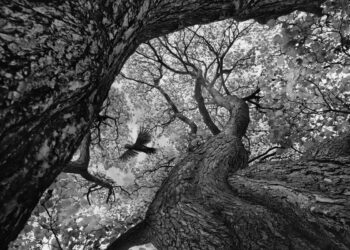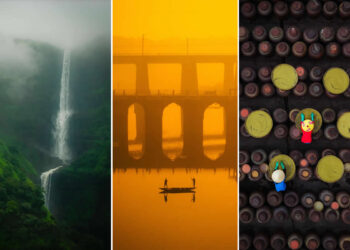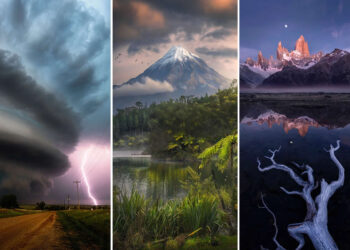Minimalism in landscape photography is not about scarcity—it’s about intentionality. It’s a powerful creative approach that emphasizes simplicity, clarity, and meaning over visual clutter. In a world overwhelmed by complexity and information, minimalist landscape photography offers a breath of calm. It strips away distractions and invites the viewer to slow down, observe, and connect more deeply with the natural world.
Photos by: Michael Schlegel

The beauty of minimalism lies in its ability to convey emotion, atmosphere, and story with very few elements. A single tree on a snowy field, a sliver of shoreline against a vast sea, or the curve of a distant hill under a quiet sky—these are the kinds of images that evoke wonder and introspection. By removing the non-essential, minimalist photographers create space for the essential to speak louder.
Minimalist landscape photography isn’t just a style; it’s a mindset. It challenges photographers to be more deliberate in their compositions, more patient in their observation, and more attuned to subtle light, form, and texture. It teaches us to see beauty in negative space, to value silence as much as sound, and to express complexity through simplicity.
This guide explores ten essential tips to help you master the art of minimalist landscape photography. Whether you’re new to this genre or looking to refine your visual voice, these insights will help you craft compelling images that reveal the quiet beauty of the natural world. From choosing the right subject and composing with intent, to harnessing natural light and editing with restraint, these tips are designed to inspire and inform. Embrace the minimalist philosophy, and you’ll find that less truly can be more—not just in photography, but in how you experience the world around you.
#1. Focus on a Singular Subject to Anchor Your Composition
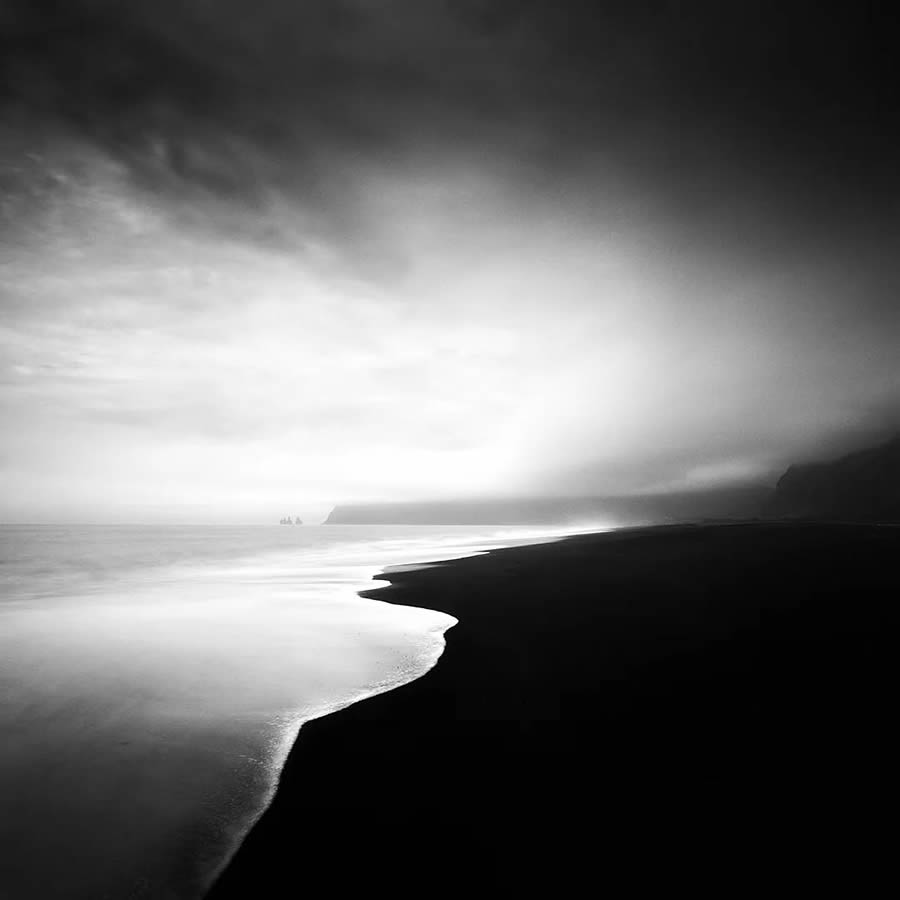
At the heart of minimalist landscape photography is the power of one—a solitary tree, a lone rock, a single bird in flight. By narrowing your focus to one primary subject, you give the viewer a clear point of interest, guiding their attention and creating visual impact through simplicity. A singular subject can evoke feelings of solitude, strength, or stillness, depending on how it’s framed and lit.
To achieve this effect, start by scouting locations that naturally lend themselves to minimalism. Open fields, snowy landscapes, vast deserts, and calm lakes often present opportunities where one element can stand out starkly against a neutral background. Pay attention to how your subject interacts with the negative space around it. Negative space isn’t just empty—it plays an essential role in shaping the mood and meaning of the image.
#2. Embrace Negative Space to Create Visual Balance
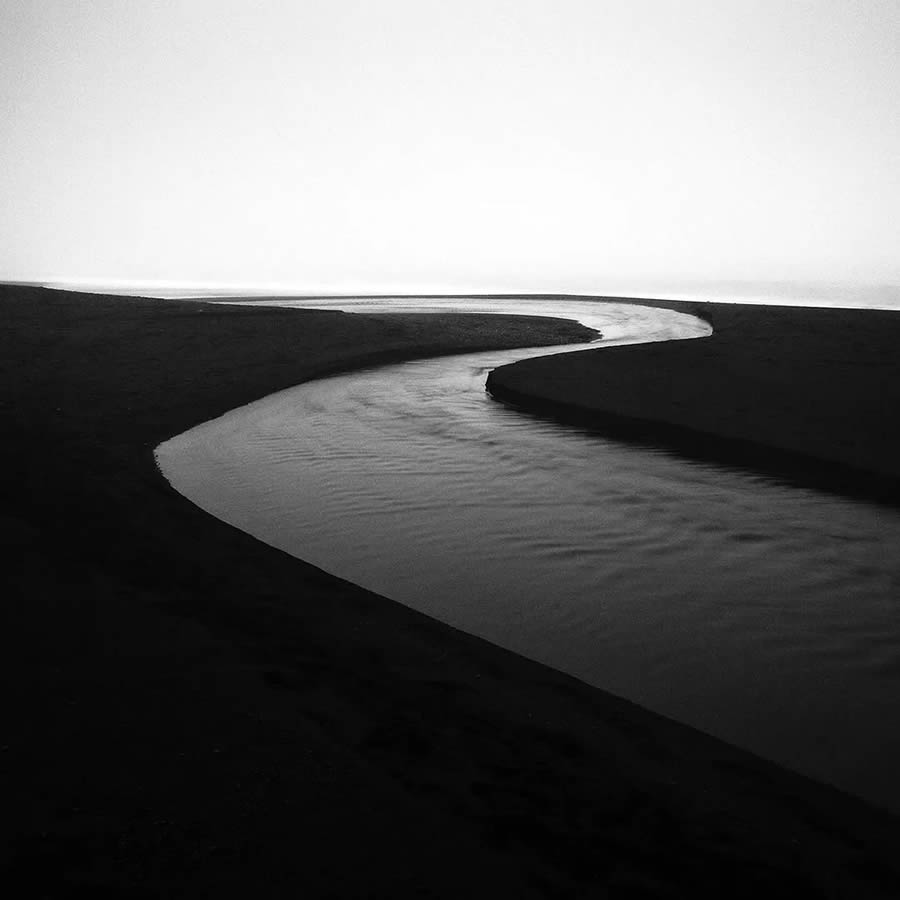
Negative space—also known as empty or white space—is one of the most powerful tools in minimalist landscape photography. It allows the viewer’s eye to rest, provides breathing room for the main subject, and amplifies emotional resonance. When used thoughtfully, negative space can make a single element appear more significant and emphasize feelings of solitude, calm, or vastness. For example, placing a distant tree in the corner of a snowy field draws attention not just to the tree, but to the silence surrounding it.
To use negative space effectively, compose your shots with intention. Resist the urge to fill the frame with detail. Instead, allow the surroundings—such as sky, water, fog, or plain textures—to dominate. The key is to find a harmonious balance between subject and emptiness, where each enhances the other. Let the space around your subject tell part of the story, and you’ll find yourself capturing landscapes that feel poetic and timeless.
#3. Choose Simple and Clean Backgrounds
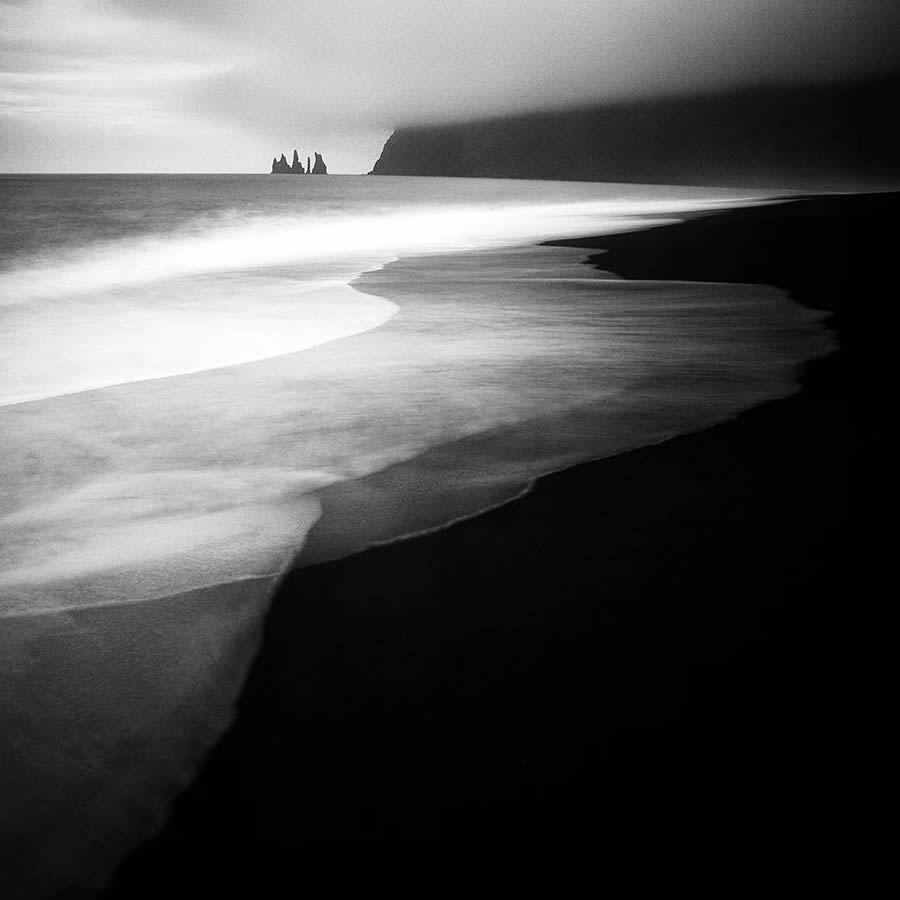
A cluttered or noisy background can instantly detract from a minimalist composition. Instead, seek out clean, unbroken elements in nature that offer contrast without complication. Snow-covered terrain, foggy mornings, deserts, and bodies of water are ideal for isolating subjects and eliminating distractions. These backgrounds act like a canvas, letting your main subject shine without visual competition.
When shooting, consider your perspective and depth of field. A low angle might simplify the background by placing your subject against a sky, while a shallow depth of field can blur unwanted details into abstraction. Look for uniform tones or textures—like a flat beach or empty sky—that can create serenity and structure. Minimalism isn’t just about removing physical elements; it’s about composing with clarity. Choosing a simple background not only reinforces your subject’s importance but also contributes to the image’s emotional tone.
#4. Use Natural Light to Shape Mood and Form
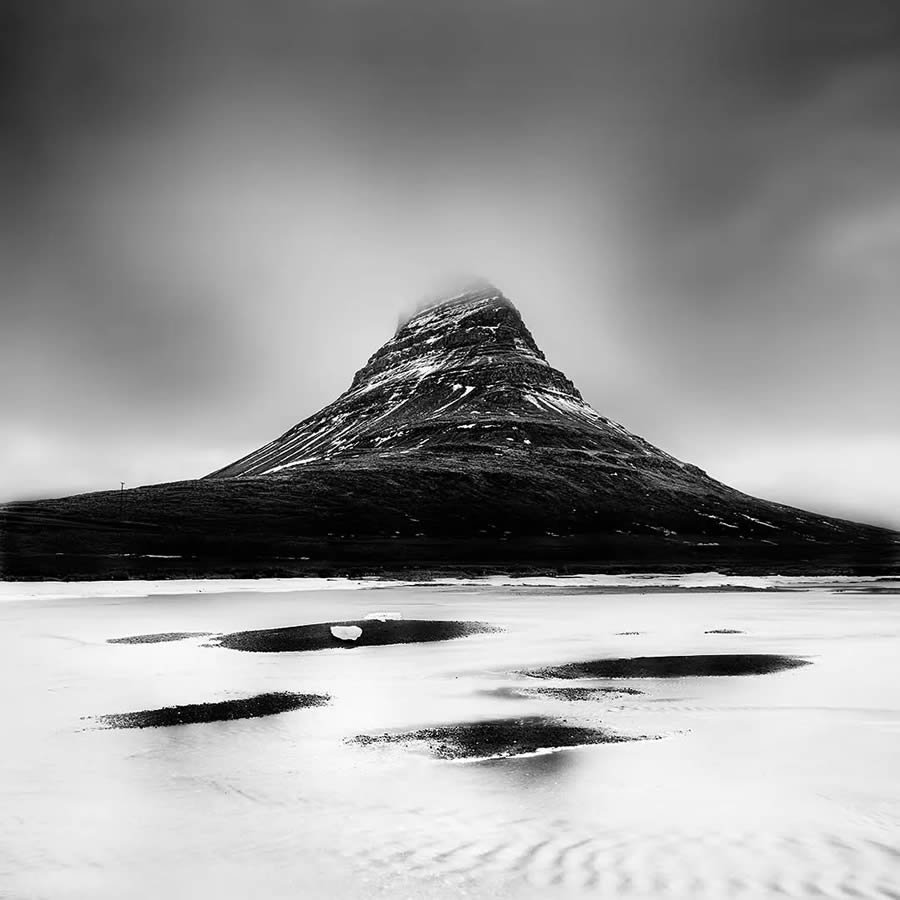
Lighting plays a defining role in minimalist landscape photography. Because your compositions often have fewer elements, the quality and direction of light become even more noticeable and impactful. Soft light during the golden hour or diffuse light on an overcast day helps minimize harsh contrasts and enhances subtle textures. Backlighting can create silhouettes, while sidelight reveals form and depth in the landscape.
Understanding how light interacts with your scene allows you to emphasize emotion—be it peace, isolation, or grandeur. Shadows, reflections, and highlights can all add nuance without overwhelming the frame. In minimalist photography, the goal is not always to capture everything clearly, but to express a feeling or atmosphere through restrained, deliberate exposure. By waiting for the right light or revisiting a scene at different times, you can transform a simple landscape into a striking visual narrative with just a shift in illumination.
#5. Pay Attention to Composition and Geometry
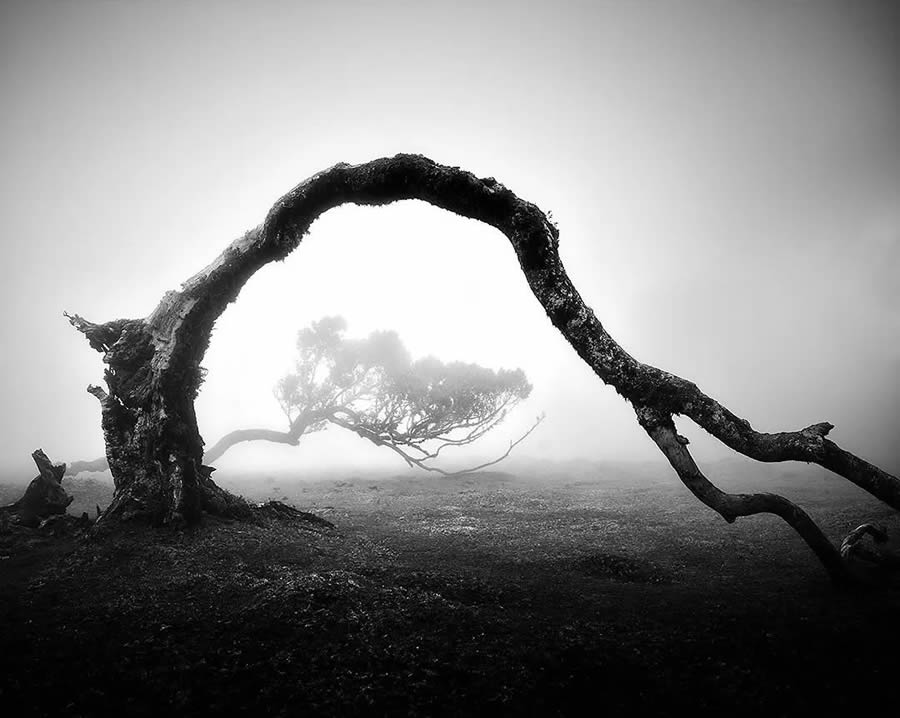
Minimalist landscape photography relies heavily on strong composition to make its quiet images feel intentional and compelling. Use fundamental compositional techniques like the rule of thirds, leading lines, and symmetry to guide the viewer’s eye. A well-placed horizon, a lone road cutting across a desert, or a line of rocks leading into a misty lake can all lend structure and purpose to an otherwise sparse image.
Geometry, including curves, triangles, and diagonals, adds visual interest without adding clutter. Repetition and patterns can also be effective if they support the minimalist aesthetic. When composing, think about how the elements in your frame relate to each other. Even in simplicity, balance matters—each element must earn its place. Experiment with framing, cropping, and spacing to achieve a composition that feels intentional rather than accidental. This is where restraint becomes your greatest asset.
#6. Limit Your Color Palette for Emotional Impact
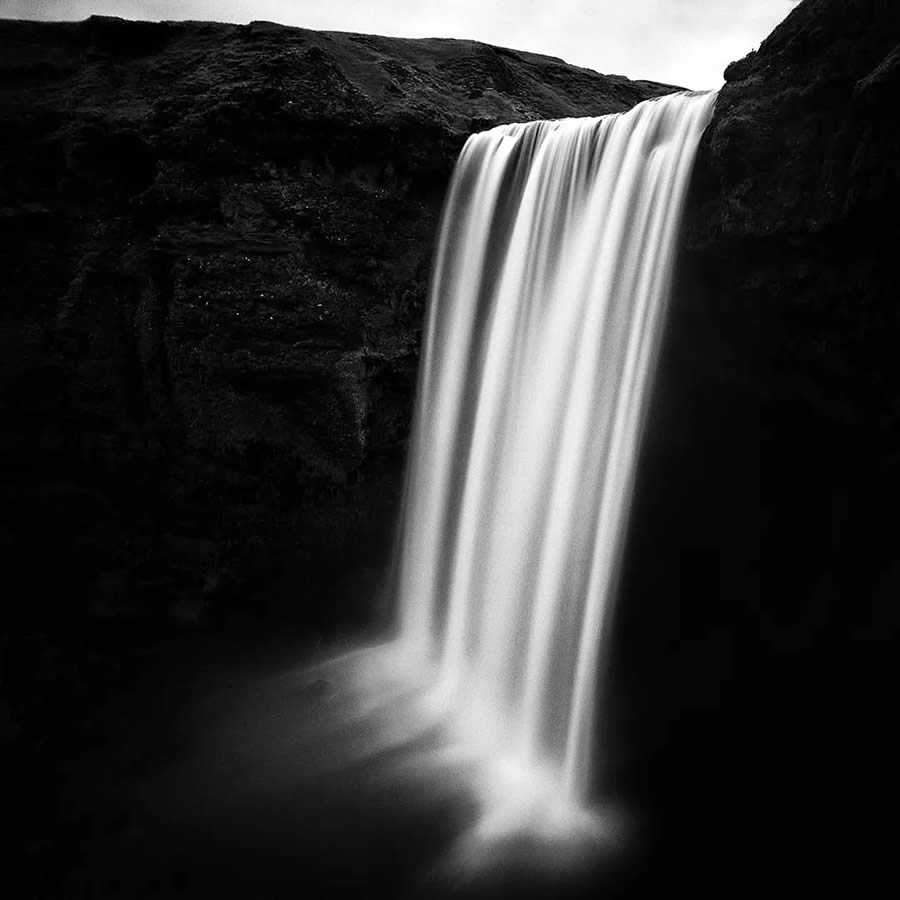
One of the hallmarks of minimalist photography is a restrained and harmonious color palette. Limiting the number of colors in your composition helps focus the viewer’s attention and supports the overall sense of calm and cohesion. Soft pastels, monochromatic tones, or natural hues like whites, grays, and earth tones work particularly well in minimalist landscapes. These colors can convey mood and emotion in a quiet but powerful way.
You can achieve a limited palette by shooting during times when light naturally mutes the landscape—such as early morning, late evening, or in foggy conditions. Post-processing can also help desaturate or unify colors without losing detail. The goal is to avoid jarring contrasts or color overload, which can distract from the core message of your image. When color is used thoughtfully and sparingly, it becomes more than aesthetic—it becomes a tool for emotional storytelling.
#7. Practice Patience and Mindful Observation
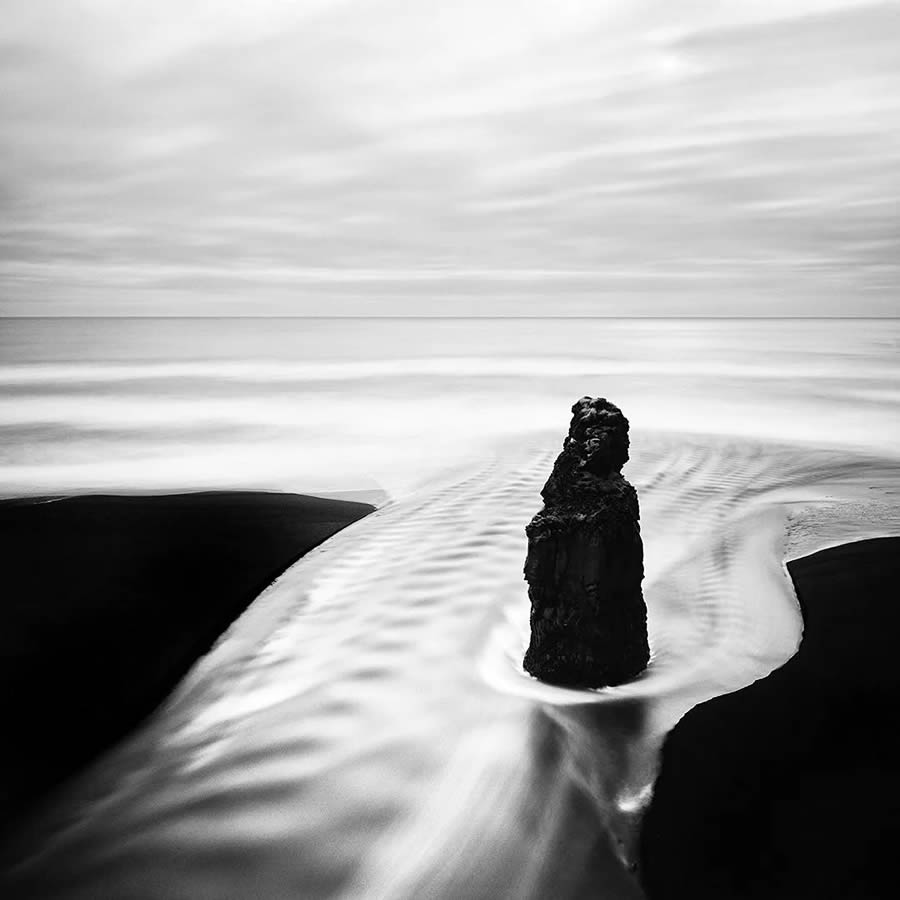
Minimalist landscapes often don’t reveal themselves at first glance. They require a slower pace, a deeper level of observation, and a willingness to wait. Practicing patience allows you to notice subtle forms, shifts in light, or changes in atmosphere that can turn a simple scene into a compelling photograph. By slowing down, you’ll start to see things others overlook—like the elegance of a single shadow stretching across a dune or the rhythm in ripples on a still lake.
Mindful observation involves more than just visual awareness—it’s a holistic experience. Pay attention to sounds, smells, and even your emotional state, as these can influence how you frame a shot. By being present, you begin to tune into the quieter details of the landscape. Minimalism rewards this attentiveness, because the most powerful images often emerge not from dramatic scenes, but from the ordinary, seen with extraordinary care.
#8. Use Weather and Atmosphere to Your Advantage
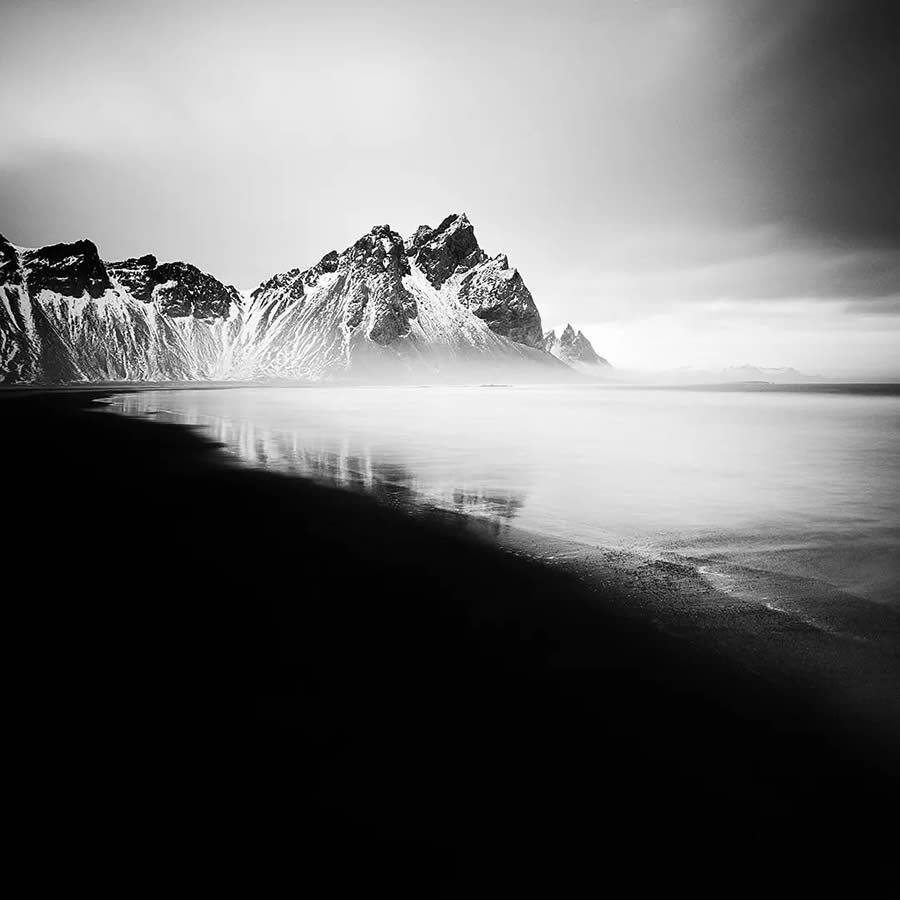
Weather plays a significant role in setting the tone of minimalist landscape photography. Fog, mist, rain, or snow can simplify complex scenes by obscuring unnecessary details and enhancing mood. These conditions create natural negative space, soft light, and a dreamlike quality that supports minimalist aesthetics. Overcast skies also act as a giant softbox, eliminating harsh shadows and helping to unify tones.
Instead of avoiding inclement weather, embrace it as an opportunity. A foggy morning can turn a cluttered forest into an ethereal image of silhouettes. A snowy day can reduce a busy scene to a canvas of white punctuated by a single subject. Use atmosphere not as a backdrop, but as a central character in your composition. Weather introduces unpredictability, but with patience and creativity, it can become one of your most powerful tools in crafting compelling, minimalist landscapes.
#9. Shoot with Intent and Edit with Restraint
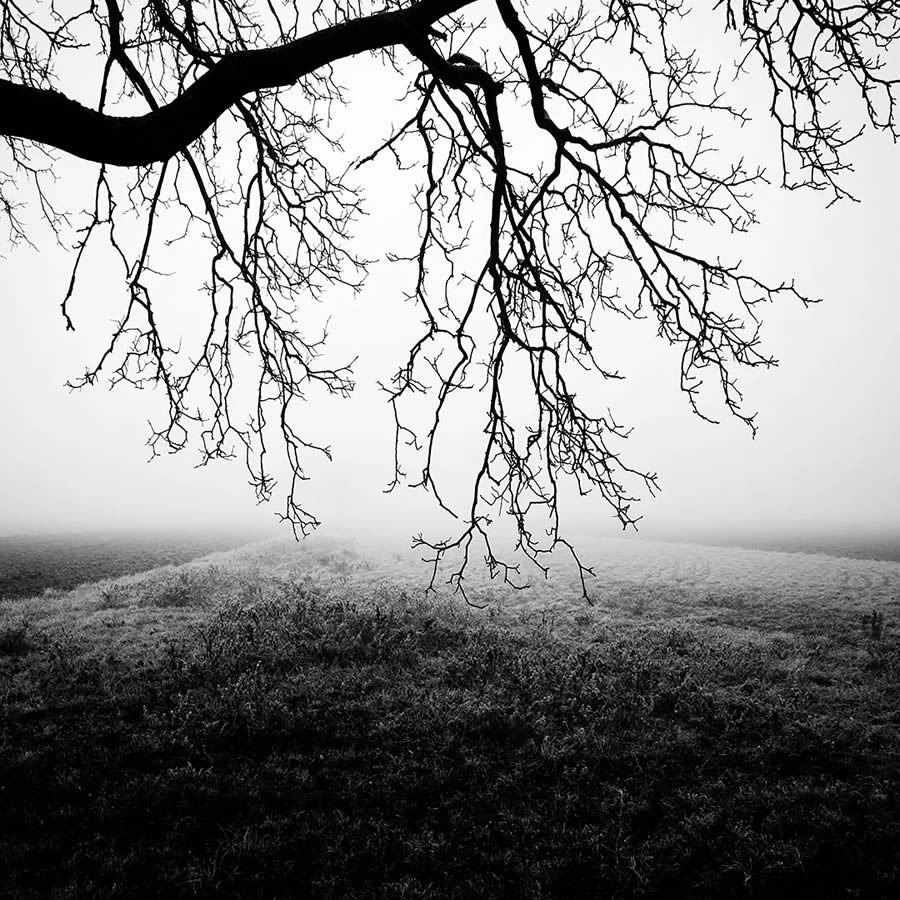
Minimalist landscape photography starts with intention—knowing what you want to communicate and framing every element in service of that goal. Instead of shooting everything and editing later, slow down and compose carefully in-camera. This thoughtful approach results in images that feel deliberate and emotionally resonant. It also simplifies the editing process, which is especially important in a minimalist workflow.
When editing, apply the same principles of minimalism: less is more. Avoid over-processing or adding dramatic effects that contradict the simplicity of your scene. Focus on enhancing contrast, adjusting tones, and removing minor distractions while preserving the quiet elegance of the original composition. Subtle edits can amplify mood and focus, but restraint is key. The goal is to refine the image, not to reinvent it. By shooting and editing with purpose, your final photos will stay true to the minimalist vision.
#10. Tell a Story Through Simplicity
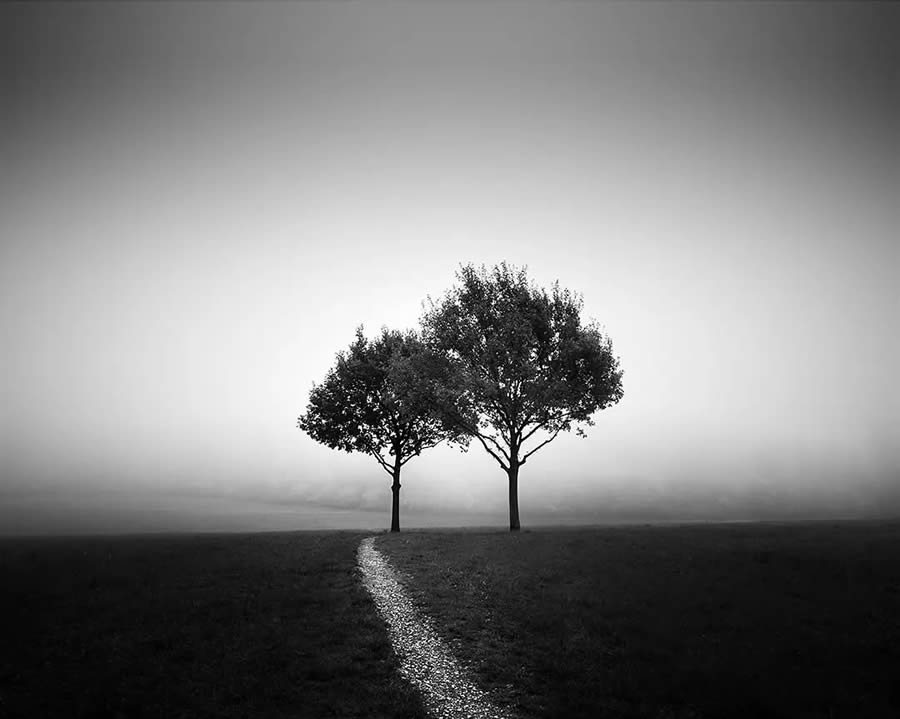
Minimalist landscape photography may use fewer elements, but it doesn’t sacrifice depth. Each image has the potential to tell a powerful story through its simplicity. The curve of a hill, the emptiness of a frozen lake, or a single leaf on a rock can evoke themes of solitude, stillness, resilience, or passage of time. The absence of distraction allows viewers to engage more deeply with the emotional core of the photograph.
To tell stories through minimalist images, consider what you want the viewer to feel. Every choice you make—from framing and focus to light and color—should contribute to that message. Let the environment speak quietly but clearly. When done well, minimalist photography becomes visual poetry—spare, intentional, and profound. It invites the viewer not just to look, but to feel, imagine, and reflect. That’s the true power of revealing beauty through simplicity.
Conclusion
Minimalist landscape photography is more than a visual style—it’s a philosophy of seeing and creating. By embracing simplicity, intentionality, and patience, photographers can uncover profound beauty in even the quietest corners of nature. Through the careful use of negative space, soft light, clean compositions, and subtle storytelling, minimalist images evoke emotion and clarity without distraction.
These ten tips are not just technical guidelines, but invitations to slow down, observe deeply, and connect more meaningfully with the world around you. In doing so, you’ll not only refine your craft but also discover that the essence of great photography often lies in what’s left out, not what’s added.

